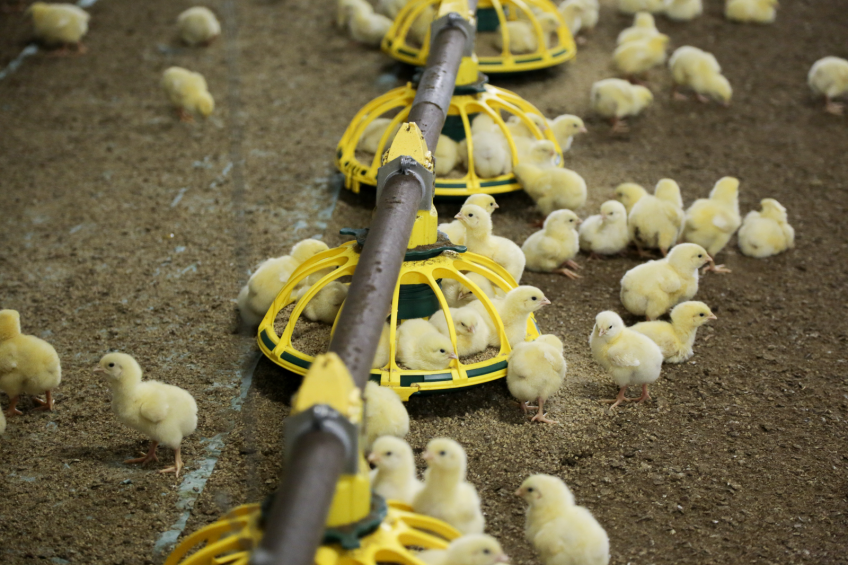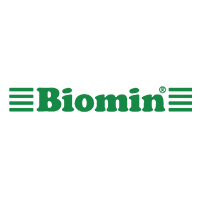3 ways to optimise feed costs

Several recent studies prove that a selected phytogenic feed additive (PFA) improve birds’ gut health. In doing so, it translates into better feed conversion. Poultry producers can wield improved feed efficiency as a tool to adjust feed costs and flock performance, depending upon their objectives.
Maintaining good gut performance has become increasingly important to poultry producers. Considerations about gut protection and gut microbiota modulation have come to the fore, in light of the need for alternatives for antibiotic growth promoters. Phytogenics are plant-derived compounds that express a wide range of biological activities including antimicrobial, anti-inflammatory and antifungal effects. Besides positive influences on the gastrointestinal tract, phytogenic feed additives are known to improve growth performance and enhance carcass composition.

New findings on gut health
Recent peer-reviewed studies show that a selected PFA improves birds’ gut health. Research by Murugesan found a significant enhancement in beneficial gut microbiota, through lower total Coliform, lower Clostridium counts and higher Lactobacillus – the latter being beneficial gut bacteria. Phytogenics are able to stimulate digestive secretions, like saliva or bile acids and the activity of digestive enzymes. Accordingly, several studies in poultry have confirmed higher ileal digestibility of amino acids and better nutrient utilisation as a result, as shown in Figure 1. Enhanced digestibility leads to a general improvement in feed conversion ratio (FCR). The higher protein digestion results in better weight gain in broilers. Alongside improving the digestibility of the diet, ammonia emissions have been reportedly decreased, due to the improved utilisation of feed protein by the animals.
Figure 1 – Effect of PFA* in apparent ileal digestibility (%) of nutrientsin broilers.


Saving energy for growth
Inflammation is a normal protective response to physical or chemical damage in the body or to invasion by an infectious agent or feed toxin. Prolonged subclinical inflammation in birds leads to reduced performance due to lower feed intake and the redirection of energy towards cellular defense mechanisms that would otherwise go towards production, i.e. muscle accretion or egg laying. A number of studies have shown the anti-inflammatory effects of phytogenic compounds. The results of an in vitro study show that the selected PFA decreased the inflammatory response and supported the protection of intestinal cells (Figure 2).
Figure 2 – Effect of PFA* on inflammation markers.


Feed optimisation
The phytogenic feed additive can support gut performance and improve the feed conversion ratio (FCR) by one to three points, on average. Poultry producers looking to get the best performance from their animals can use these efficiency gains in several ways, depending upon budget and performance parameter goals. Inclusion of a selected PFA can serve to reduce feed costs and/or improve flock performance depending on whether you adjust the feed formulation. The four main outcomes are illustrated in Figure 3. Scenario 1 represents the control and acts as a baseline, i.e. standard feed with normal performance and no feed additive. Scenario 2 (top performance) builds on this with the addition of the PFA, resulting in higher feed costs matched by increased performance. Scenario 3 (cost savings with performance maintenance) is built around the nutrient sparing effect; it allows producers to reduce feed costs by using more economical ingredients and include the PFA to achieve typical performance. In scenario 4 (performance boost, same cost), producers can include the PFA and reformulate the diets by using cheaper ingredients, thus maintaining feed costs, in order to and achieve higher animal performance.
Figure 3 – Ways to optimize feed costs with better feed conversion.

Conclusion
The key to profitability in animal production lies in optimal animal performance. To reach the genetically achievable performance, besides looking at performance parameters, the inflammatory status as well as gut performance of the animal should be considered as well. Recent research demonstrates that a selected PFA improves poultry gut health. Reducing inflammation and subclinical inflammatory processes improves the performance of the animals through higher feed intake. Dietary energy and nutrients are used for growth rather than spent on defense mechanisms. The enhanced feed conversion delivered by the selected PFA allows producers to adjust feed costs and performance according to their production objectives and profitability goals.
Author: Christine Hunger













